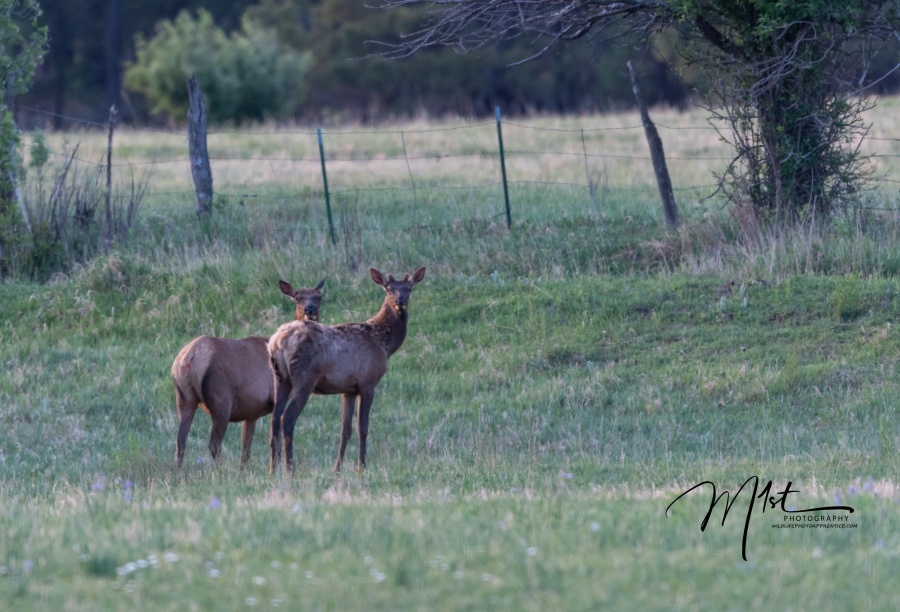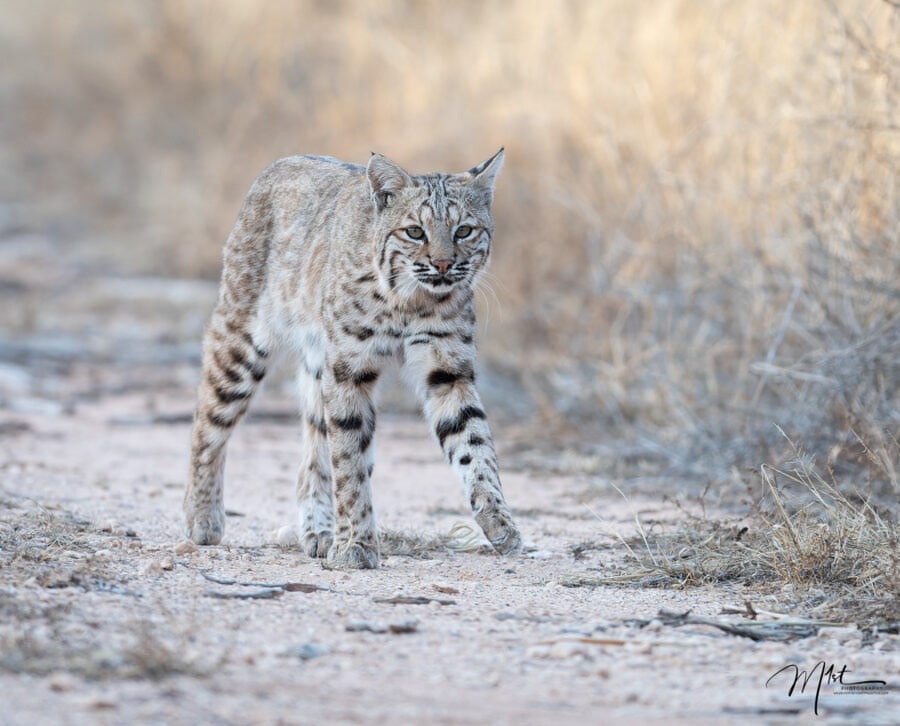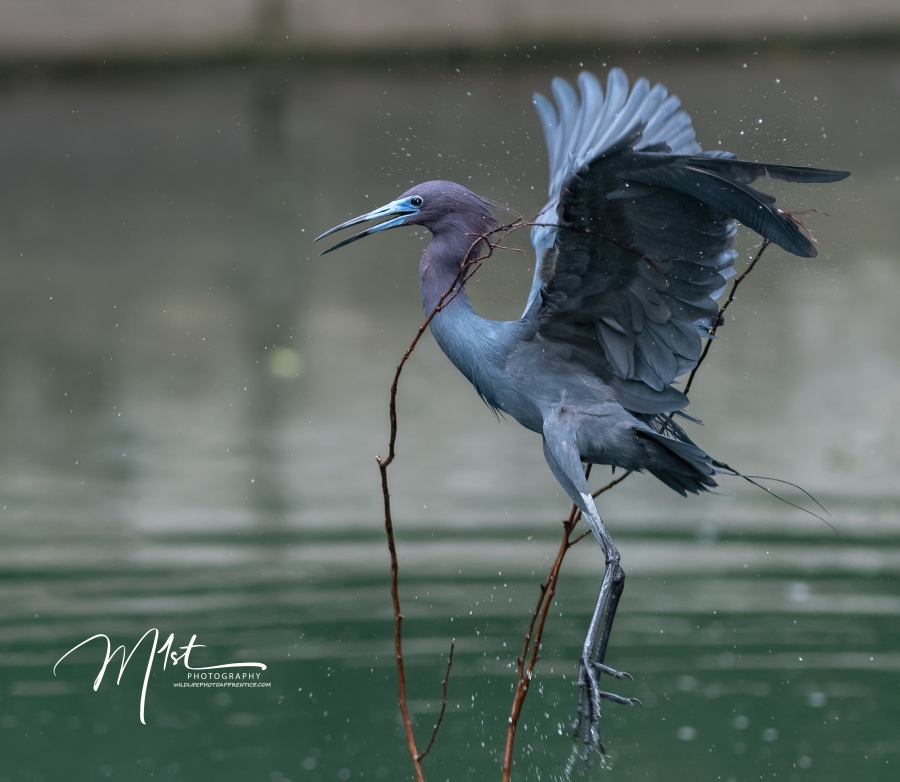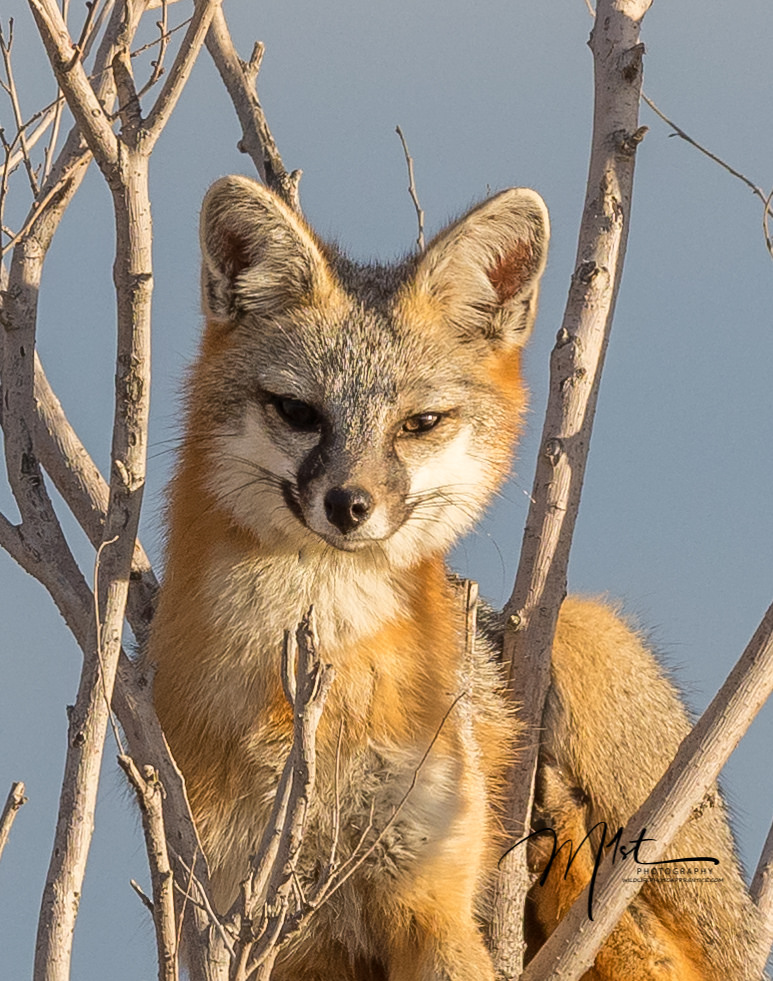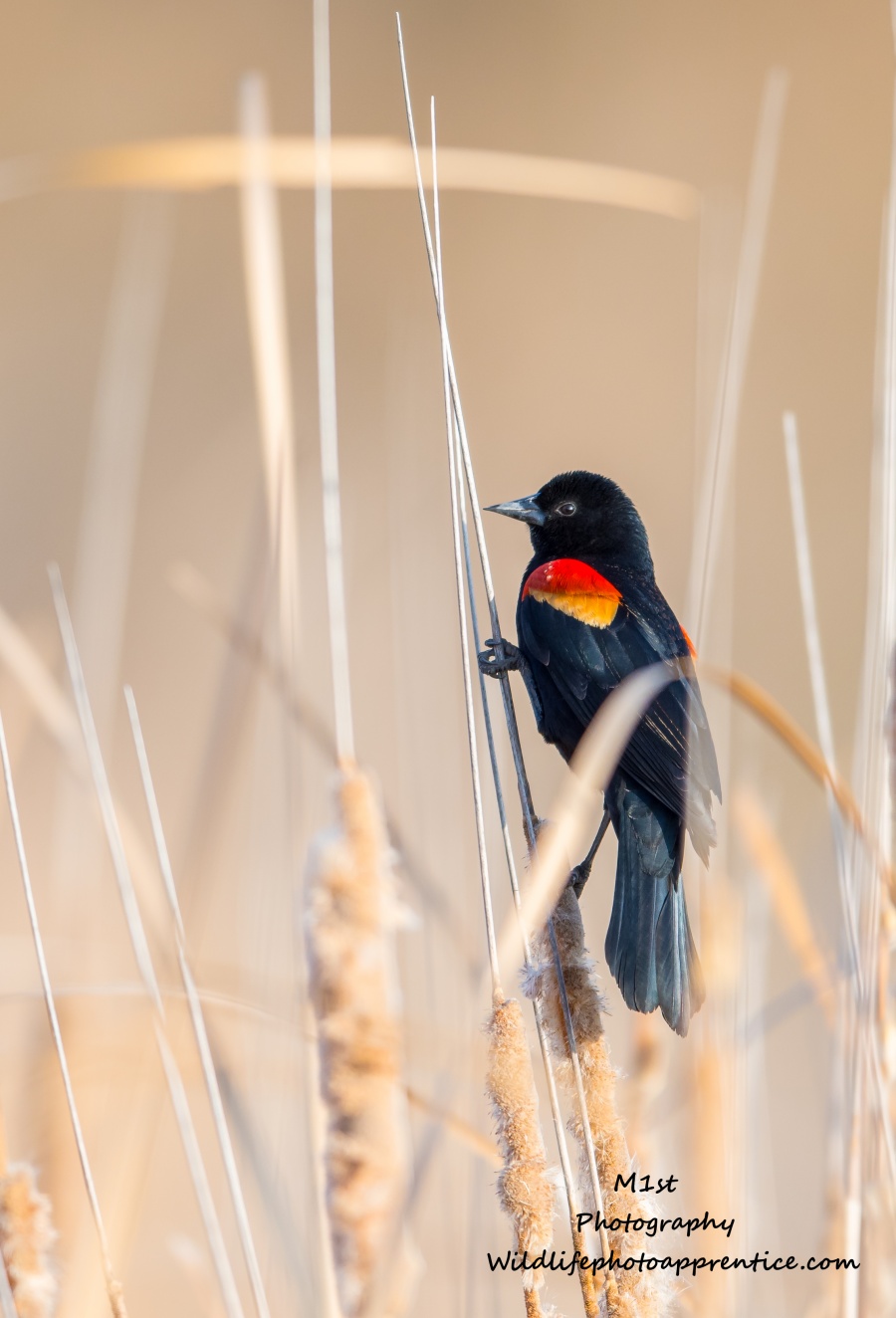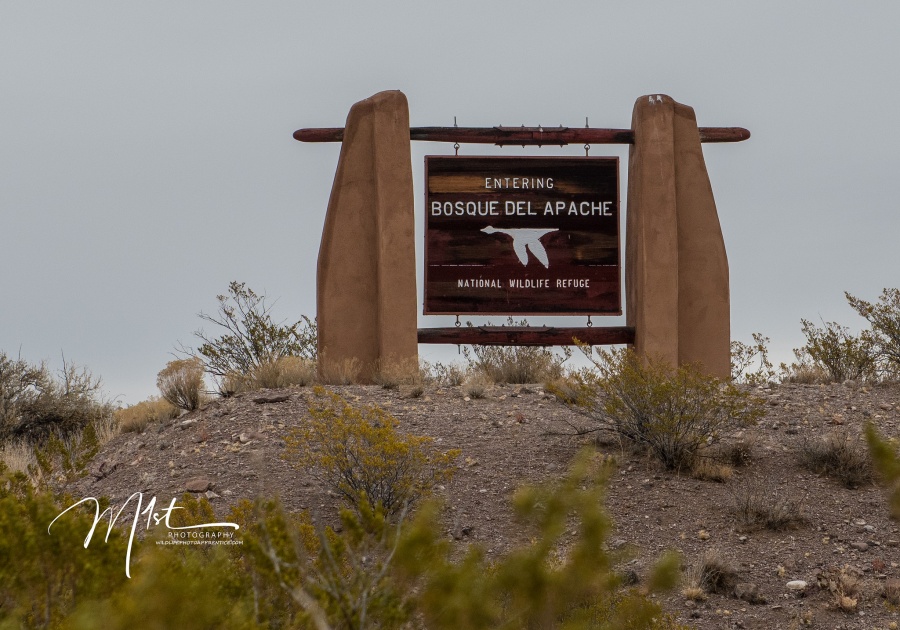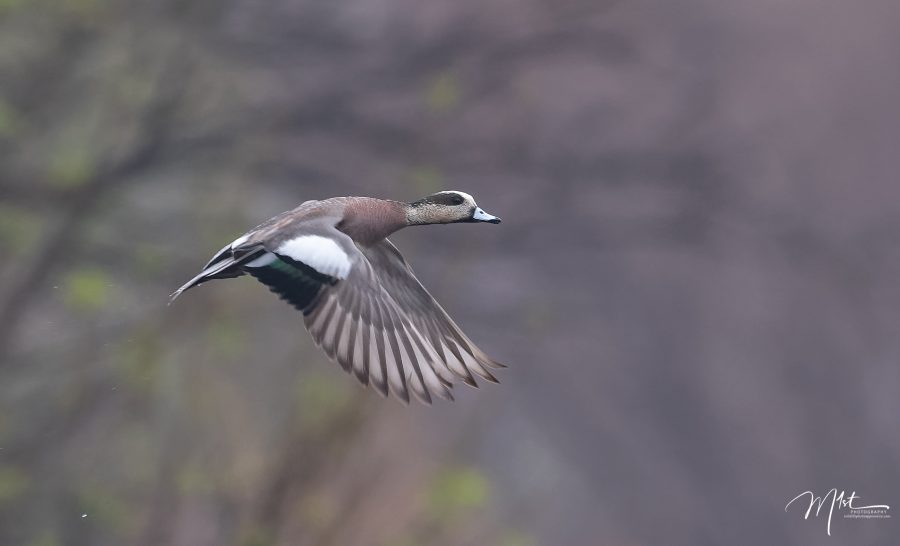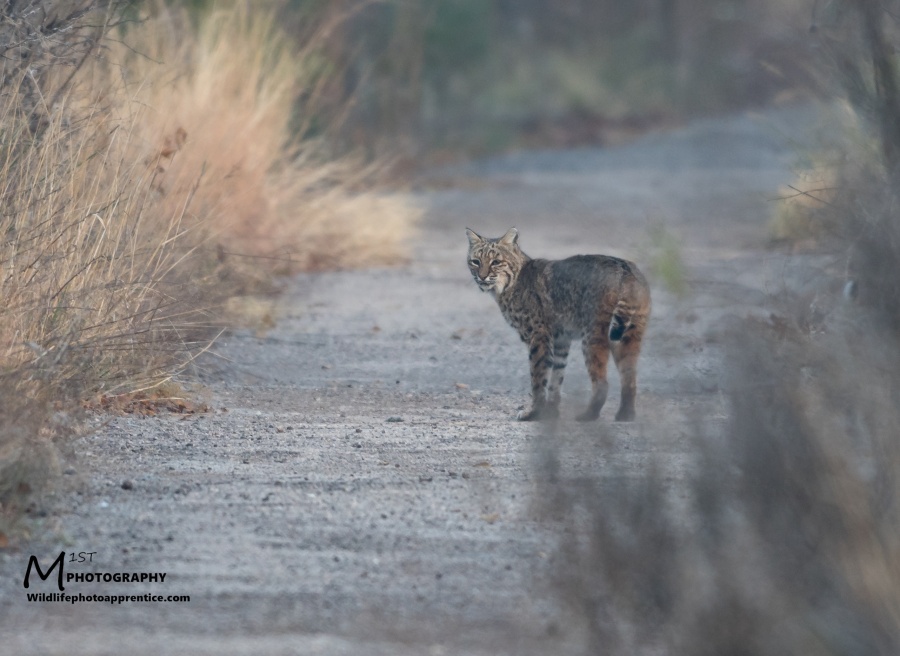The sun was due to rise at about 6:00 am the next day, so I was up early to position myself. Hidden at the base of a large tree at the edge of the field, I sat listening to the sounds of the morning as sunrise approached. I adjusted my ISO to achieve an acceptable shutter speed in the low light conditions, and I waited. It wasn’t too long before I heard the noise of large animals moving through the brush down by the stream. Soon a number of what are the largest members of my field ecosystem began to wander into the pasture. A small herd of elk.
